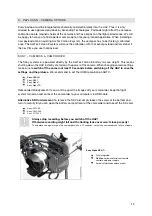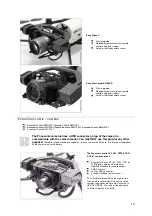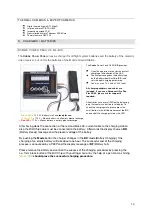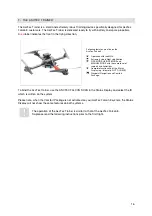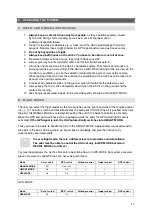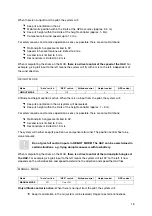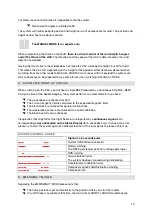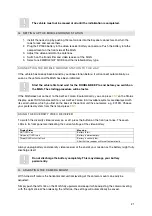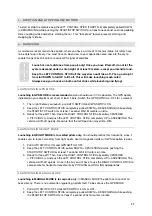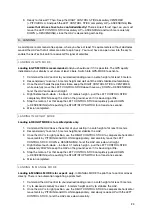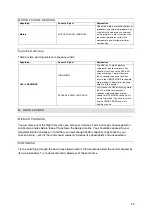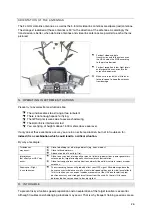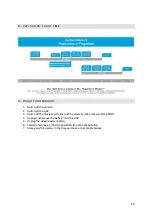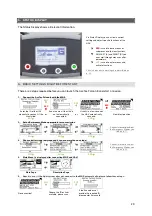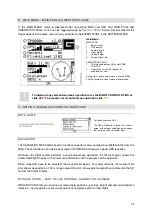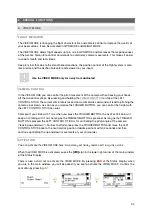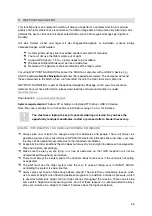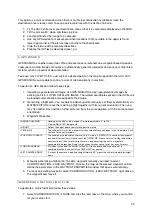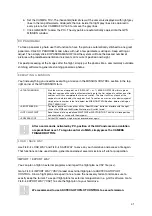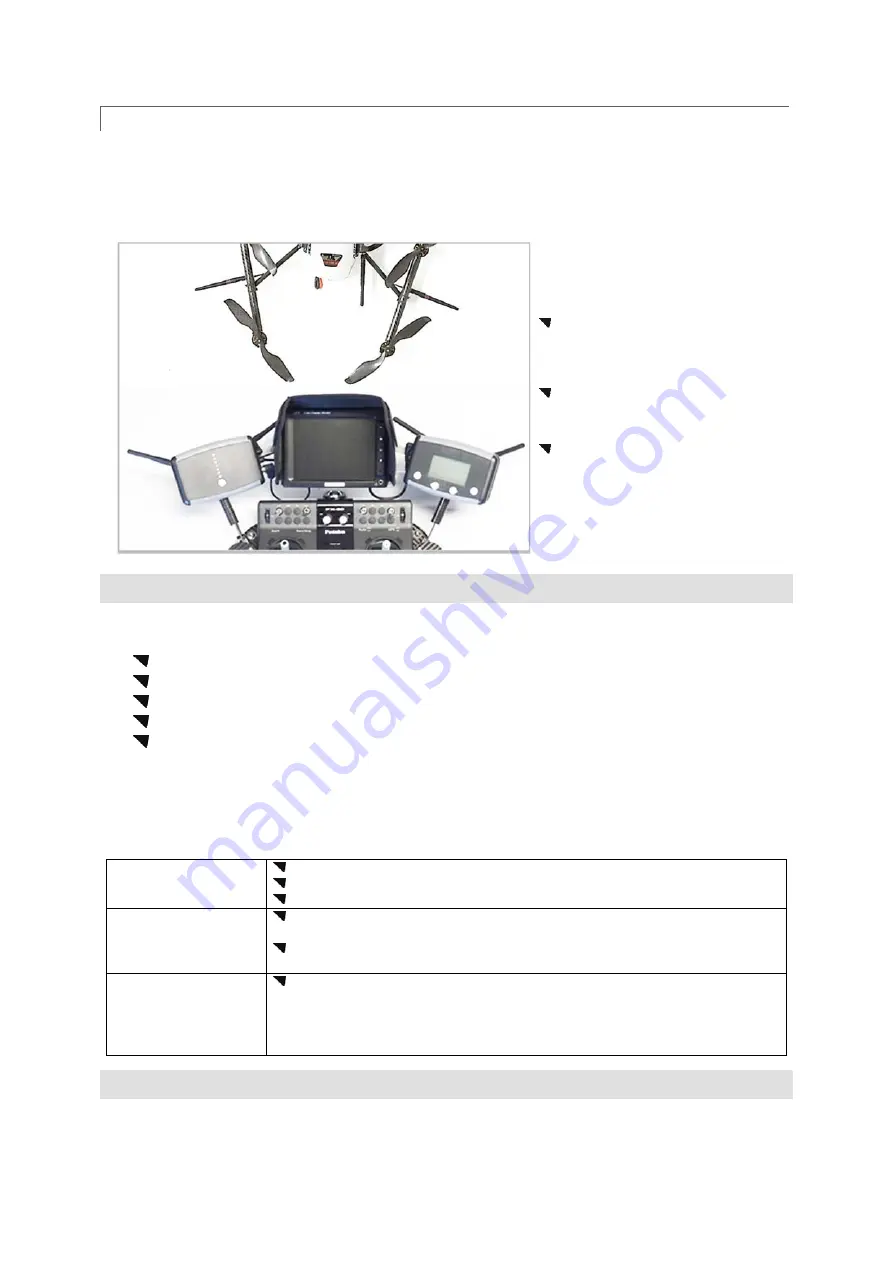
26
ORIENTATION OF THE ANTENNAS
The 2.4 GHz data link antennas, as well as the 5.8 GHz video link antennas are dipole (rod) antennas.
The strongest radiation of those antennas is 90° to the direction of the antennas. Accordingly the
transmission is better, when data link antennas and video link antennas are parallel to each other as
pictured.
For best video and data
transmission unfold the antennas on
the UAV and on the MGS according
to the picture besides.
For best reception in low flight levels
and larger distances, orientate the
antennas downwards.
Make sure to land with a little bit of
forward speed to keep the antennas
from damage.
N.
OPERATING IN EXTREME SITUATIONS
Please try to avoid extreme situations like:
The wind becomes too strong or too turbulent.
There is not enough space for flying.
The GPS signal is weak due to severe shadowing.
The data link is interfered or lost.
You are flying at heights above 1,500 meters above sea level.
If only one of those scenarios occurs, you are in an extreme situation, but not in trouble so far.
Indeed it is a combination which could lead to a critical situation.
By way of example:
Turbulences
may occur:
Close to buildings or other large objects (e.g. trees, woods).
Close to thunderstorms.
Above a source of heat (e.g. fire).
Interferences
that affect your UAV may
occur:
Close to any sources of magnetic or electric fields (e.g. power lines, power generators,
antenna poles, large ferromagnetic structures) or nuclear radiation.
Close to strong wireless communication networks like cellular network towers or radar
antennas.
Showcase – Flight
in an urban area:
The surrounding houses will probably affect your GPS signal. Wind blowing above the
houses causes turbulence as well as local wind speed spikes due to wind tunnel effects.
In this situation, you can expect sudden movements of the UAV due to relatively low
position accuracy and strong external forces from the wind. As there is little space
between the houses you need to be very vigilant.
O.
IN TROUBLE
To prevent risky situations good preparation and an exploration of the target location is essential.
Although troubles and challenging situations may occur. That is why frequent training sessions are so

